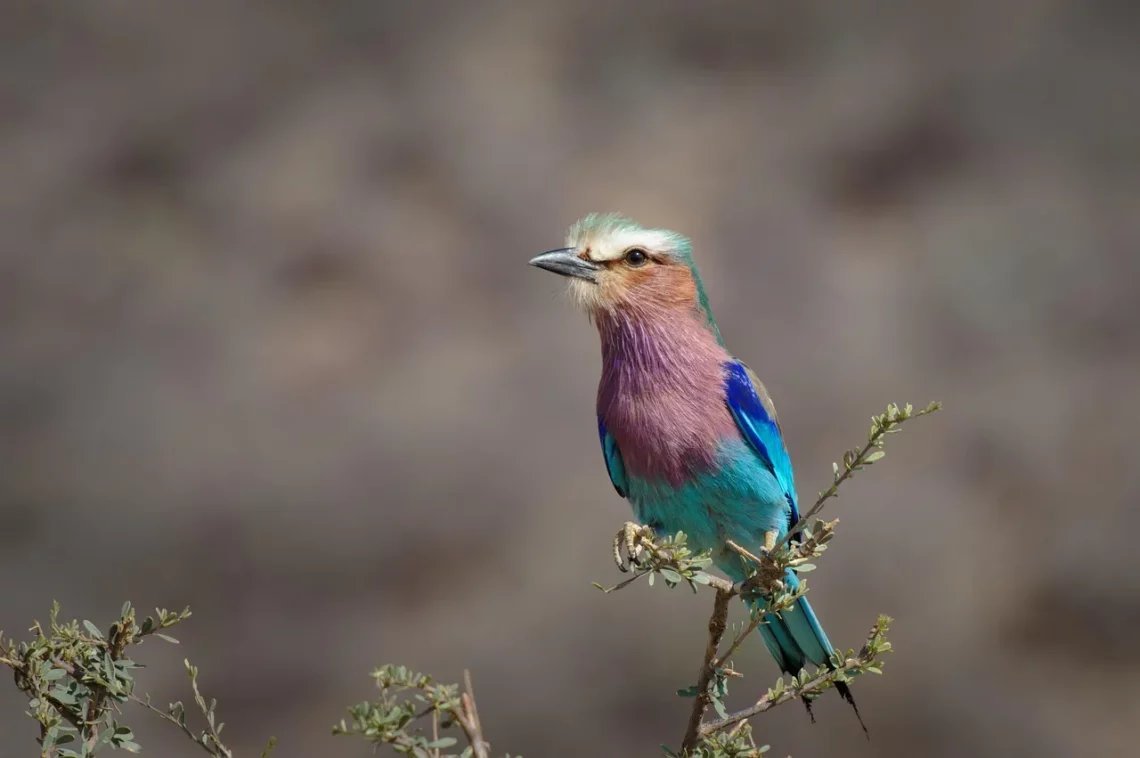
Understanding the Conversion of Bird Years to Human Years
Understanding the Conversion of Bird Years to Human Years
Birds are some of the most fascinating creatures on our planet, captivating us with their vibrant colors, melodic songs, and intricate behaviors. They occupy a wide range of habitats, from dense forests to open plains, and they play essential roles in our ecosystems. However, many bird enthusiasts and pet owners often find themselves pondering a common question: how do we translate a bird’s age into human years? This inquiry is not just for curiosity’s sake; understanding the relative ages of birds can help us provide better care for them and foster deeper connections with these remarkable animals.
The lifespan of birds varies significantly across species, influenced by factors such as size, habitat, and lifestyle. For instance, smaller bird species tend to have shorter lifespans compared to their larger counterparts. Additionally, birds that live in the wild often face various threats, such as predators and environmental changes, which can further impact their longevity. In contrast, domesticated birds typically enjoy longer lives due to a controlled environment and regular veterinary care.
This article aims to shed light on the complexities of converting bird years to human years, offering insights into the various factors that influence this conversion and providing practical tips for bird owners. By understanding the differences in aging between species, we can appreciate the life stages of our avian companions and ensure they receive the care they need throughout their lives.
Factors Influencing Bird Lifespan
When discussing the conversion of bird years to human years, it’s crucial to understand the various factors that influence a bird’s lifespan. The age at which a bird reaches maturity, its natural environment, and its susceptibility to diseases all play significant roles in determining how long a bird can live.
First and foremost, the species of the bird is perhaps the most significant determinant of its lifespan. For example, smaller birds like canaries and budgerigars (budgies) typically live around 5 to 15 years, while larger species such as macaws and cockatoos can live for several decades. This disparity is largely due to biological and ecological factors, including metabolic rates and reproductive strategies.
Additionally, the environment in which a bird lives can greatly affect its life expectancy. Wild birds face numerous challenges, including predators, food scarcity, and harsh weather conditions. These factors can shorten their lifespan compared to birds kept in captivity, where they are protected from many of these dangers. Captive birds often receive regular veterinary care, proper nutrition, and a stable living environment, all of which contribute to a longer life.
Another critical factor to consider is the bird’s health and genetics. Some birds may be predisposed to specific health issues, impacting their longevity. Regular check-ups and a healthy diet can help mitigate these risks, ensuring that birds live their lives to the fullest.
By understanding these factors, bird owners can make informed decisions to enhance the well-being of their feathered friends, ultimately promoting longer and healthier lives.
Understanding the Aging Process in Birds
Birds age differently than humans, and understanding this process is key to making accurate conversions from bird years to human years. Unlike humans, who experience gradual aging with distinct life stages, birds often go through rapid changes during their early years, followed by a more gradual decline in their later years.
Most birds reach sexual maturity at a relatively young age, often within the first year or two of their lives. This rapid maturation is crucial for survival in the wild, where the ability to reproduce early can significantly impact a population’s success. As birds age, their physical characteristics may change, including feather quality, coloration, and overall health.
In general, the first few years of a bird’s life can be equated to several human years. For instance, a one-year-old parakeet may be comparable to a 15-year-old human in terms of maturity and development. However, as birds enter middle age, the aging process slows down. For example, a 5-year-old bird might be seen as equivalent to a 30-year-old human, while a 10-year-old bird could be compared to a 50-year-old person.
As birds continue to age, they may experience a decline in physical abilities, including reduced mobility and changes in vocalization. These signs often indicate that a bird is entering its senior years, and owners should be attentive to their needs during this stage, ensuring that they receive appropriate care and comfort.
Understanding the aging process in birds helps owners recognize the life stages of their pets, allowing them to provide the necessary support and care as their feathered companions grow older.
How to Calculate Bird Years to Human Years
Calculating the conversion from bird years to human years can be a bit complex due to the varying lifespans and aging processes of different species. However, a general formula can help provide a rough estimate for many common pet birds.
For smaller birds, such as canaries and finches, a common rule of thumb is to consider the first year of their life as equivalent to approximately 15 human years. After that initial year, each subsequent bird year can be equated to around 4 human years. Therefore, a 3-year-old canary would be roughly comparable to a 23-year-old human, while a 5-year-old canary might be seen as a 27-year-old person.
For larger birds, such as parrots and macaws, the conversion can be slightly different. Many experts suggest that the first year is still equivalent to about 15 human years, but the following years may equate to about 5 human years each. Thus, a 3-year-old macaw could be estimated to be around 25 in human terms, while a 5-year-old macaw might be approaching 35.
It’s important to remember that these calculations are not exact and can vary based on individual health, species, and other factors. Therefore, it’s crucial for bird owners to observe their pets closely and consult with avian veterinarians when assessing their health and well-being.
By using these estimations, bird owners can better understand their pet’s age and tailor their care to meet the specific needs of their birds as they age.
Providing Care for Aging Birds
As birds age, their care requirements may change, and it’s essential for owners to adapt to these evolving needs. Providing appropriate care for aging birds can significantly enhance their quality of life and help them live longer, healthier lives.
One of the most critical aspects of caring for older birds is ensuring they receive a balanced and nutritious diet. As birds age, their metabolism may slow down, and they may require adjustments in their diet to prevent obesity and related health issues. Offering a variety of fresh fruits, vegetables, and high-quality pellets can help maintain their health. Additionally, it’s important to stay informed about any specific dietary needs related to the bird’s species.
Regular veterinary check-ups become increasingly important as birds age. Routine examinations can help detect potential health issues before they become severe. Avian veterinarians can provide valuable insights into preventive care, including vaccinations, dental care, and parasite control. Early intervention can make a significant difference in an aging bird’s health.
Another important consideration is the bird’s living environment. Older birds may require additional comfort features, such as softer perches or easier access to food and water. Providing a quiet and safe space can help reduce stress and promote a peaceful atmosphere for aging birds.
Lastly, mental stimulation is just as important as physical health. Engaging older birds with toys, puzzles, and social interaction can help keep their minds sharp and prevent boredom. This not only enhances their quality of life but can also contribute to their overall well-being.
By being proactive in providing care tailored to the needs of aging birds, owners can ensure their companions enjoy their golden years to the fullest.
In conclusion, understanding the conversion of bird years to human years involves a variety of factors, including species, environment, and aging processes. By being informed and attentive, bird owners can provide the best possible care for their feathered friends throughout all stages of life.
**Disclaimer:** This article is for informational purposes only and does not constitute medical advice. Always consult a qualified avian veterinarian for health concerns regarding your pet birds.




